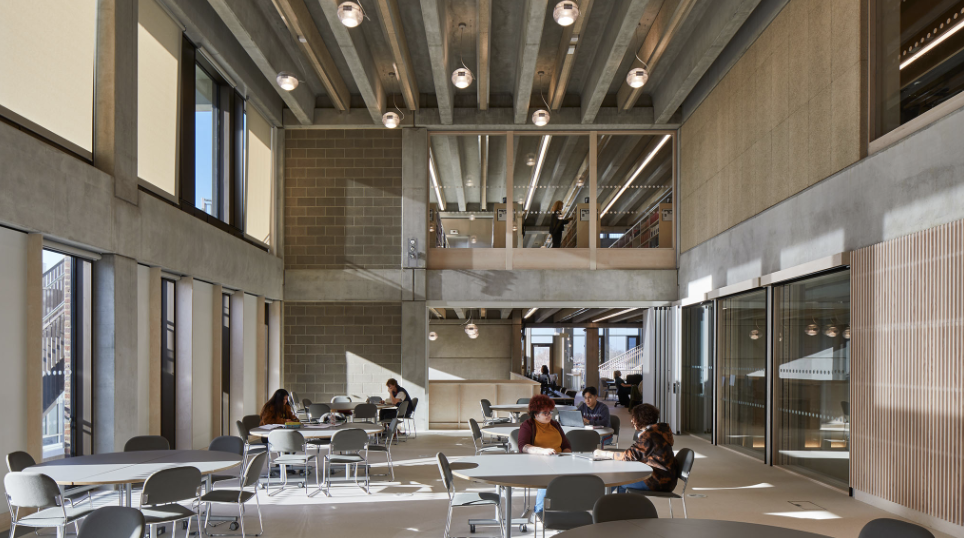
Learning Lessons: The Future of Educational Environments
Thu 04 March 2021
10:00 -11:00
How will the classroom of the future adapt to meet evolving needs in technology, stand up to future pandemics and foster collaborative, accessible learning environments?
Learning environments have a big impact on progress, stimulation and wellbeing of students. Educational spaces need to move away from formulaic school design and create rich sensory, flexible spaces that meet the needs of a changing educational landscape. COVID-19 has created new challenges by disrupting usual learning practices and accelerating the adoption of technology. Remote-learning, whilst necessary in the short-term has its own challenges, particularly for arts based and creative practices that require studio space and workshop facilities. How will the classroom of the future meet evolving needs in technology, stand up to future pandemics and foster collaborative learning?
This webinar explores the future of learning spaces and how the built environment plays a vital role in providing outstanding educational facilities for the next generation. We explore the role design plays in providing accessible and flexible space that adapts to the needs of the user. How will advances in technology shape the learning environment, both virtually and physically? How is health and wellbeing considered in these spaces to aid study, relaxation and play? How will social spaces facilitate positive interactions and collaboration? What lessons have been learnt from the pandemic and hoe will this shape the future of educational spaces?

General Info
Organiser